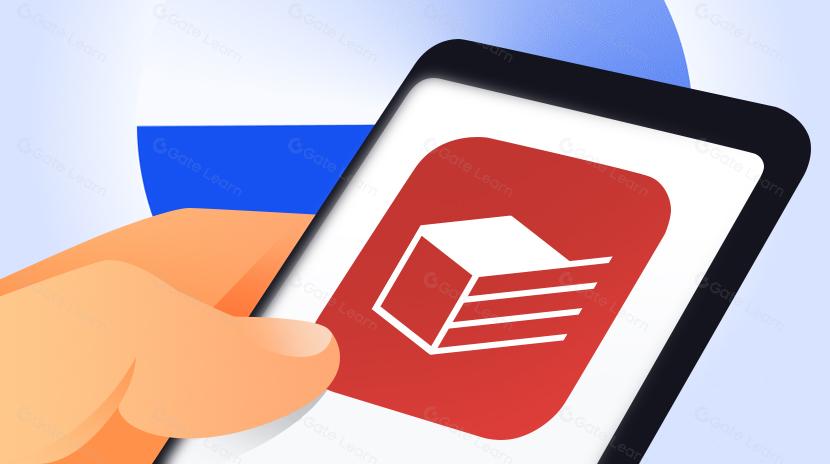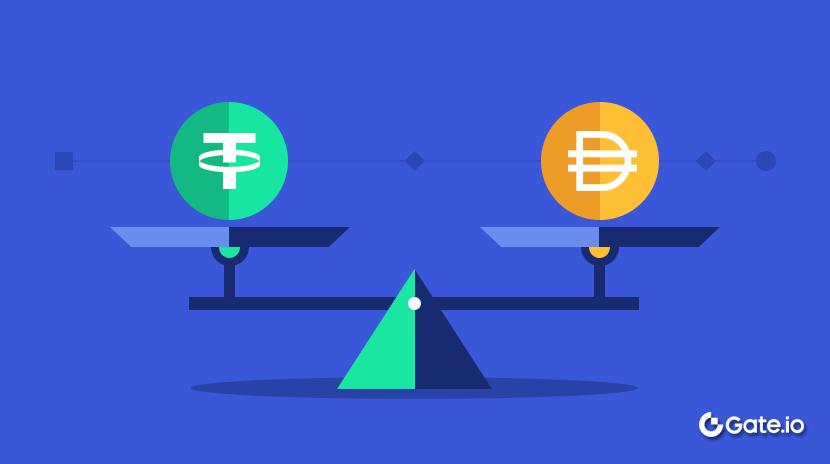Khái niệm Nonce

Nonce là thành phần cốt lõi trong mật mã blockchain, đóng vai trò là số ngẫu nhiên chỉ sử dụng một lần trong quá trình đào khối. Trong các hệ thống Proof of Work (PoW) như Bitcoin, người đào liên tục thay đổi giá trị nonce và tính toán hàm băm cho đến khi tìm được kết quả hợp lệ đáp ứng mức độ khó xác định. Cơ chế này giúp việc tạo khối tiêu tốn tài nguyên tính toán thực, qua đó bảo vệ mạng lưới và ngăn chặn chi tiêu hai lần. Ngoài ra, nonce còn quan trọng trong bảo mật giao dịch, xác thực cũng như phòng tránh tấn công lặp lại trong nhiều ứng dụng blockchain.
Bối cảnh: Nguồn gốc của nonce
Khái niệm nonce (số sử dụng một lần) bắt nguồn từ lĩnh vực mật mã, dùng để đảm bảo tính mới và duy nhất của thông điệp. Trước khi blockchain xuất hiện, nonce đã được sử dụng rộng rãi trong các giao thức bảo mật mạng. Năm 2008, Satoshi Nakamoto tích hợp nonce vào thiết kế blockchain trong whitepaper Bitcoin như yếu tố chủ chốt của thuật toán Proof of Work (PoW). Khi Bitcoin phát triển, khái niệm nonce tiếp tục được hoàn thiện và mở rộng sang nhiều hệ thống tiền mã hóa khác.
Quá trình ứng dụng nonce trong blockchain gồm các giai đoạn chính:
- Ban đầu là biến trong quá trình đào khối của Bitcoin
- Sau đó được mở rộng trong Ethereum với nonce tài khoản (account nonce) để ngăn chặn tấn công lặp lại
- Tiếp tục phát triển thành các biến thể phức tạp hơn trong các hệ thống blockchain hiện đại, như nonce lai và nonce biến đổi
Cơ chế hoạt động: Nonce hoạt động như thế nào?
Trong các hệ thống blockchain, cơ chế hoạt động của nonce thay đổi tùy ứng dụng, chủ yếu gồm:
Với đào khối Proof of Work (PoW):
- Người đào tập hợp một khối gồm dữ liệu giao dịch, hàm băm của khối trước và giá trị nonce
- Liên tục thay đổi giá trị nonce để tính toán hàm băm cho toàn bộ khối
- Khi tìm được nonce tạo ra hàm băm khối nhỏ hơn giá trị mục tiêu (đáp ứng độ khó), người đào được quyền tạo và phát đi khối đó
- Các node khác xác minh khối bằng cách kiểm tra nonce có tạo ra hàm băm đúng yêu cầu không
Với nonce giao dịch (ví dụ nonce tài khoản trong Ethereum):
- Mỗi tài khoản duy trì giá trị nonce tăng dần, phản ánh số giao dịch đã gửi
- Mỗi giao dịch mới phải dùng giá trị nonce hiện tại, giá trị này tự động tăng sau khi giao dịch thực hiện
- Mạng blockchain từ chối giao dịch có nonce sai, ngăn tấn công lặp lại
- Cơ chế này đảm bảo thứ tự và tính duy nhất cho giao dịch
Rủi ro và thách thức của nonce
Dù nonce quan trọng trong bảo mật blockchain, việc sử dụng cũng đối mặt một số thách thức:
Rủi ro kỹ thuật:
- Ở một số hệ thống PoW, sự phát triển phần cứng đào chuyên dụng (ASIC) có thể khiến không gian nonce không đủ, cần bổ sung yếu tố ngẫu nhiên khác như dấu thời gian
- Xung đột nonce có thể xảy ra về mặt lý thuyết, nhưng xác suất rất thấp nếu hệ thống triển khai đúng
- Nếu khối tạo quá nhanh, việc duyệt nonce chưa đủ phân tán có thể ảnh hưởng an toàn mạng lưới
Rủi ro với người dùng và nhà phát triển:
- Trên nền tảng Ethereum, quản lý nonce tài khoản không chính xác có thể khiến giao dịch bị treo
- Lỗi triển khai cơ chế nonce bởi nhà phát triển có thể gây lỗ hổng bảo mật nghiêm trọng
- Trong ứng dụng xuyên chuỗi, khác biệt về cơ chế nonce giữa các chuỗi làm tăng độ phức tạp khi phát triển
Thách thức về quy định và tiêu chuẩn hóa:
- Thiếu chuẩn triển khai nonce thống nhất gây ra vấn đề tương thích giữa các hệ thống blockchain khác nhau
- Sự phát triển của điện toán lượng tử có thể yêu cầu nâng cấp các cơ chế bảo mật dựa trên nonce hiện tại
Nonce là yếu tố nền tảng của công nghệ blockchain, quyết định đến an ninh và hiệu suất của nền kinh tế tiền mã hóa. Tuy vẫn còn thách thức kỹ thuật và ứng dụng, các cơ chế nonce luôn được tối ưu và hoàn thiện theo sự phát triển công nghệ để đáp ứng nhu cầu ngày càng lớn của hệ sinh thái blockchain.
Mời người khác bỏ phiếu
Bài viết liên quan

Tronscan là gì và Bạn có thể sử dụng nó như thế nào vào năm 2025?

Coti là gì? Tất cả những gì bạn cần biết về COTI
